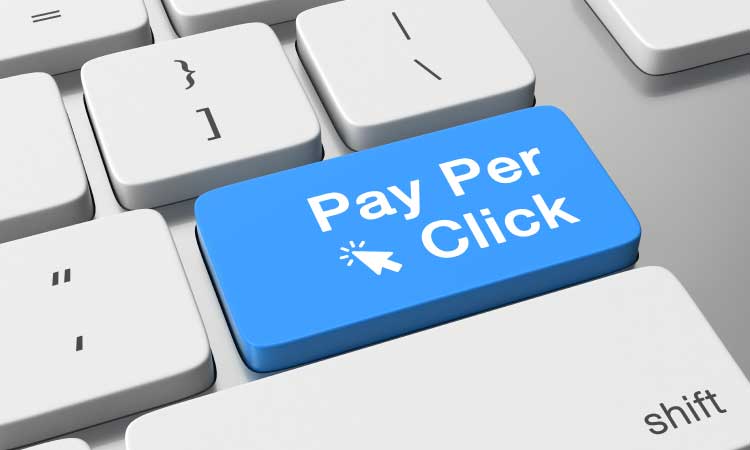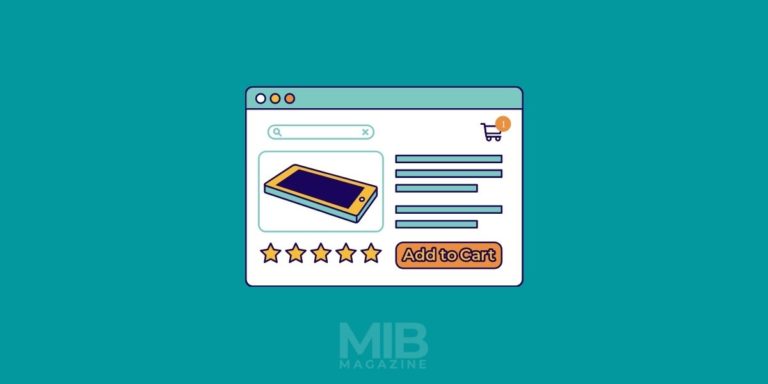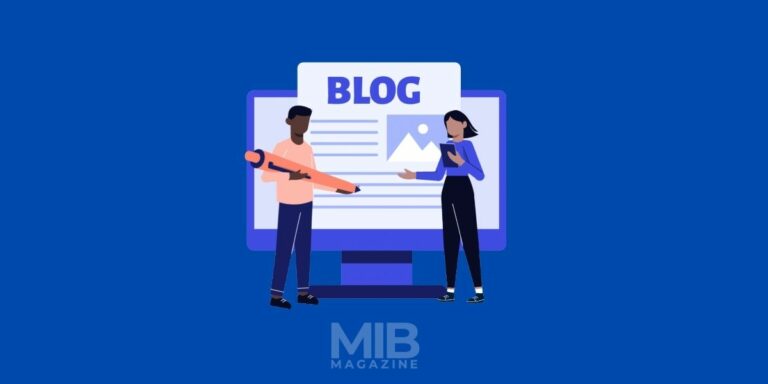5 Things Retailers Can Do With Analytics To Stay Ahead
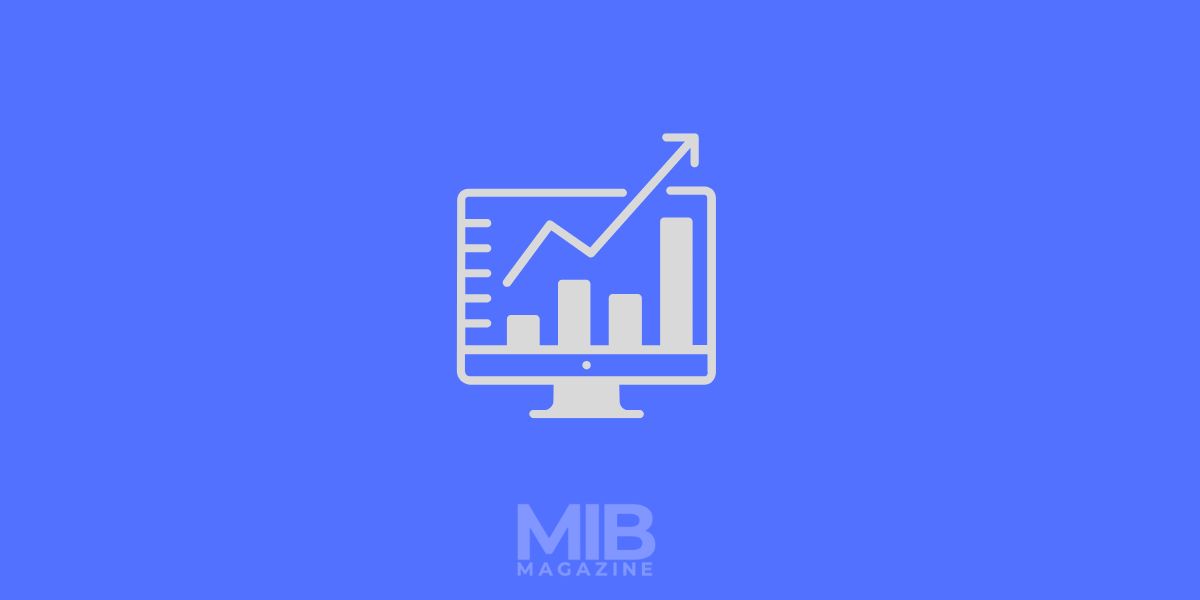
Technology has helped play a big role for both consumer and retailer in the evolving retail market. The growing expectations of consumers have pushed retailers to embrace retail analytics in a big way.
Salesforce presented a report reinforcing the consumer-centric retail environment that reveals that while customers interacted with their retailers through different online channels, 87% of shoppers had visited a retail store within the past month.
A healthy, progressive growth in retail across the world should give retailers the incentive to take a closer look at their operations. This bears mentioning, as businesses have been busy shining the spotlight on bettering their e-commerce capabilities through better technology, the numbers show that physical retail still holds a majority of the pie.
Showrooming is often seen as a means for the savvy shopper to get a better idea of products before leaving without making a purchase, to hunt for the best deals online. However, big retail companies have gradually learned to change their approach, employing strategies to convert customers who would showroom into repeat customers for their physical outlets.
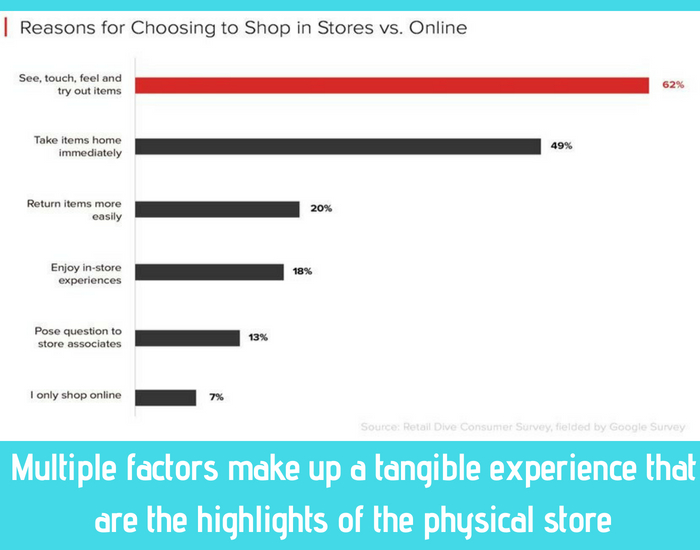
It is through the various touch points that physical retail can play to its strengths. When physical stores are equipped with the right data analytics capabilities, these multiple touch points provide a treasure trove of reliable, and actionable offline data.
To take advantage of physical retail spaces, systems can be set in place to capture the following data to better educate their owners.
1) Measure customer traffic
For store owners, having a tally of people going in and out of the store, finding out how many window shoppers enter, and how many become customers gives numbers that can be tracked and measured. Marketing material placed outside and inside the store can be compared, creating an intuitive trail to draw customers in.
2) In-store heat mapping
Heat mapping has been touted as an equaliser for stores, giving owners a glance at where the action is at. By seeing where customers tend to gravitate to, store owners can better position sales staff, products, or relevant promotions to capitalise on this information.
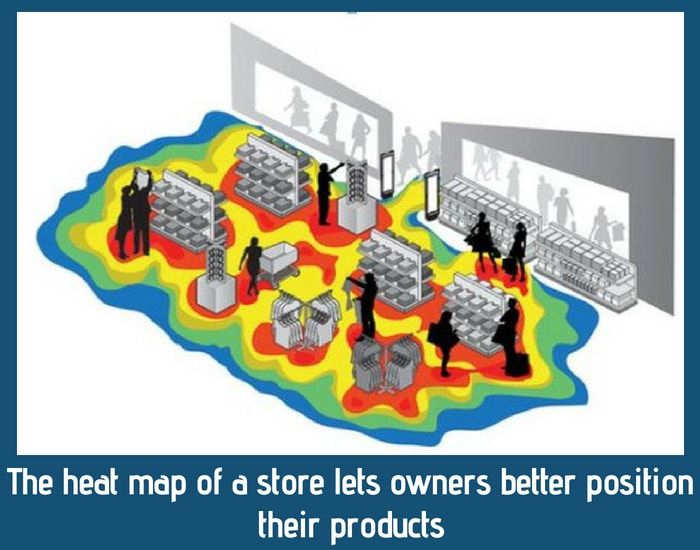
3) Customer profiling
Knowing the customer is half the battle, but the detail of that knowledge makes all the difference. Being able to understand the demographics of those who enter the store, and what they buy can give an added layer of focus to any marketing promotions and sales efforts.
The details will allow store owners to form better synergies to the products offered, and possible cross-promotions with other relatable businesses.
4) Customer dwell time
Where and how long the customer chooses to dwell, browse and spend time in the store is where the fine details. The customer journey is literal here. Having the right sales staff at the right place serving the right customer can result in a journey that spells the start of a repeat customer or the departure of a slightly more interested window shopper.
5) Smart customer loyalty
Analytics that help log new customers, and identify repeat customers will give stores an edge in enhancing and building upon the individual customer journey. New customers can be given perks and discounts that encourage their return. Repeat customers with their previous purchase habits and data gathered from their dwell time can experience a personalised shopping experience.
The data business owners can get from how customers interact with their stores will help them stay one step ahead in their journey.
However, in this day and age, no one channel is a silo. Armed with the information from the physical space, retailers will be ever prepared to make sure that the business strategies they adopt are always relevant, online or offline.
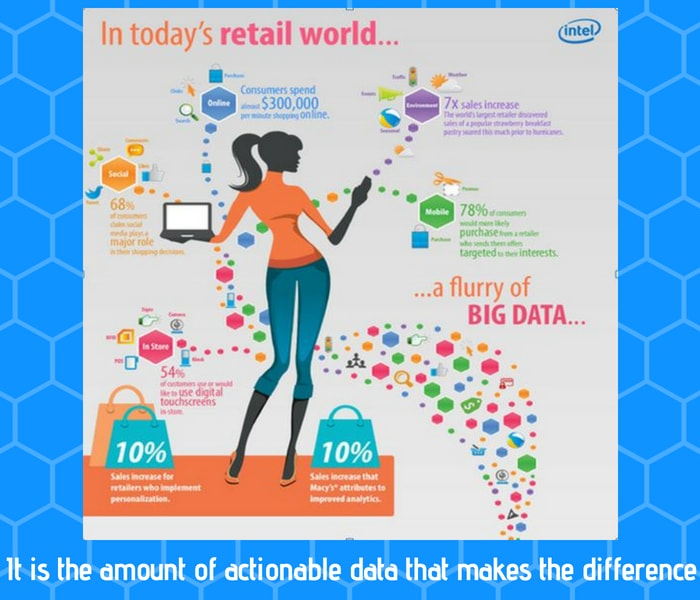

About Author: Abhijit previously cofounded Scintera, a fabless semiconductor company in 2001. A BS from IIT-Bombay and a PhD from University of Southern California, he has previously help key technical and management roles at Qualcomm, Ericsson, and Morphics.
FAQS
There are a few key data points that retailers should track to stay ahead:
1. Sales data: This includes information on total sales, sales by product category, and sales by location. This data can help retailers identify trends and make decisions on where to allocate resources.
2. Customer data: This includes information on who the customers are, what they purchase, and how often they purchase. This data can help retailers identify their target market and make decisions on marketing and advertising strategies.
3. Inventory data: This includes information on what products are in stock, what products are running low, and what products are out of stock. This data can help retailers keep track of their inventory and make sure they have the products their customers want.
4. Employee data: This includes information on employee productivity, employee satisfaction, and employee turnover. This data can help retailers identify areas where they need to improve their operations and make sure they are retaining their best employees.
There are many ways that analytics can be used to improve customer experience. Some examples include using analytics to understand customer behavior, using analytics to improve customer service, and using analytics to target marketing efforts.
Retailers should track various key performance indicators (KPIs) in order to assess their business performance and identify areas for improvement. Some KPIs that are relevant to retail businesses include sales revenue, gross margin, customer satisfaction levels, conversion rate, average order value, and inventory turnover ratio. By tracking these KPIs, retailers can gain insights into their business operations and make necessary changes to improve their overall performance.
Analytics can be used to target promotions by identifying which products are most popular and in high demand. This information can be used to create targeted promotions and optimize inventory to ensure that popular items are always in stock.
There are a few ways that analytics can help retailers better understand their customers:
1. By tracking customer behavior, retailers can better understand what customers want and need. This information can be used to make decisions about product selection, pricing, and promotions.
2. By analyzing customer data, retailers can identify trends and target specific customer segments. This helps retailers focus their marketing efforts and ensure that they are reaching the right customers.
3. By using customer data, retailers can personalize the shopping experience and create a more customized experience for each customer. This can lead to higher customer satisfaction and loyalty.
Some common mistakes retailers make with analytics include not collecting enough data, not segmenting data properly, not analyzing data properly, and not using data to make decisions.
Analytics can be used to streamline operations by identifying areas where efficiency can be improved and by providing data-driven decision support. Additionally, analytics can be used to monitor performance and identify potential issues early on, before they cause significant disruptions.
Data quality plays an important role in retail analytics. Poor data quality can lead to inaccurate insights, which can in turn lead to poor decision making. Good data quality, on the other hand, can help retail businesses make better decisions, improve their operations, and better understand their customers.
As the success of a retailer’s analytics initiative depends on the specific goals and objectives of the initiative. However, there are some general best practices that retailers can follow to increase the likelihood of success, including:
1. Define clear goals and objectives for the analytics initiative.
2. Assemble a cross-functional team with expertise in data, analytics, and business decision-making.
3. Conduct a comprehensive data audit to identify gaps and opportunities.
4. Implement data governance and security controls to protect sensitive data.
5. Select the right analytics tools and technologies for the specific needs of the initiative. 6. Train employees on how to use the analytics tools and interpret the results.
7. Monitor and optimize the analytics initiative on an ongoing basis.
Some future trends in retail analytics include the use of artificial intelligence (AI) and machine learning to improve customer service, optimize product assortment, and target promotions. Additionally, retailers will continue to use data to drive personalization efforts, such as tailoring product recommendations and targeted marketing messages. In terms of omnichannel strategy, retailers will focus on creating a seamless customer experience across all channels, including in-store, online, and mobile.


